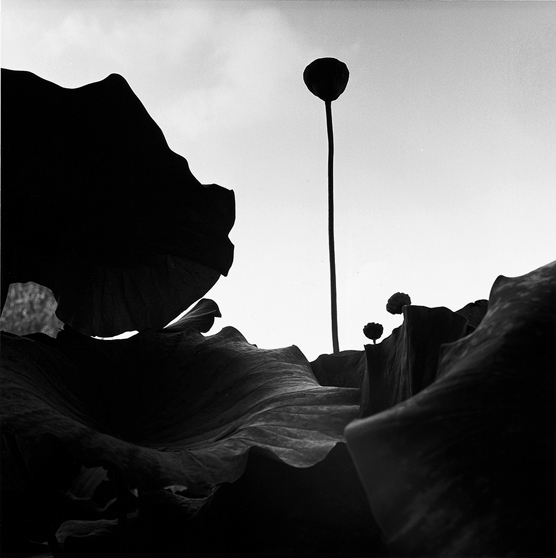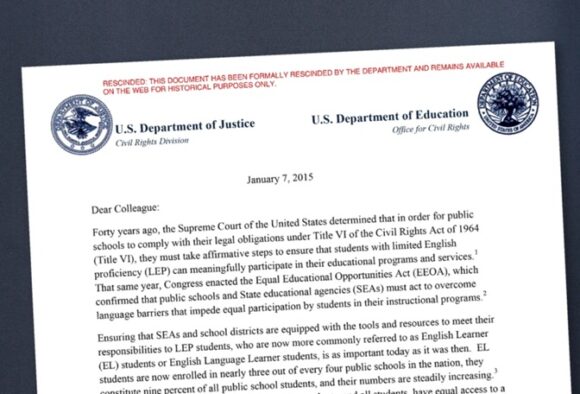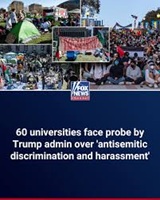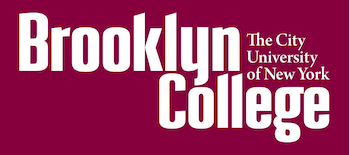Home » Articles posted by Howard Liu Mo
Author Archives: Howard Liu Mo
Howard Liu Mo PRSL. Final
- In this class I learned how to work as a group and collaborate together.
2.
3.
4. I found a newspaper article call “The Off season” by Amy Hoffman. This article connect to Pandora’s Box talk about the story between the author and another women named Pandora. She talks about the life of Lesbian people and Latin culture. The newspaper article is similar to Pandora’s Box. It also talk about story of Lesbian people.
5.


One image I chose from “selected photography of Dulce Pinzón” is “Graciela Iturbide” by Lugo. In this picture, the bone buds of a lotus flower in the picture are much higher than the lotus leaves next to it. Another picture I chose from “selected photograph of Graciela Iturbide” is “The real story of super hero”. In this picture it depicts a person wearing spider-man costume washing the building. By comparing these two images I found that they express the similar meaning of the story of these two images. The person does not have a very advanced job, but he disregarded the eyes of others and wore fancy clothes on the upper part of the building. Although he is not a real superhero, he can serve the world with his own extraordinary talents like a superhero. Like Spider-Man, he uses his “superpowers” to silently serve his community. The image with the bone buds of a lotus flower is very similar to this one. Although it is not very large and strong, it has been relying on its own efforts to grow and surpass other lotus leaves to become the most eye-catching one.
6. I chose the poem “Mexican Heaven”. I want to include this poem on my blog because the poem is part of the Latinx culture. The poem depicts a lot Latinx history and people’s hope. This poem relates to the Newyorican poetry cafe topic. They write poems to express themself. I chose this quote: “All of the Mexicans sneak into heaven.” The meaning of this quote is Mexican people want a better opportunity in their life, so they probably crossed the border to another country.
7.
Alternative ending:
I got the key and grabbed it tightly, and used it to open a door that contained the church. I look forward to my soul being purified. A sacred man came over after I entered the church. He nodded my forehead with his finger, and I instantly entered a mysterious and illusory space. Before my eyes is a very wonderful world, flowers and plants, green leafy trees, mountains and rivers, birds and beasts come into view. I have no strong desires in this world. I feel very comfortable. I lie down and enjoy all the beautiful and quiet pictures around me. When I opened my eyes, the saint told me that your heart had been purified. Finally left a kiss on my forehead and disappeared.
Finally, I had someone who Enlightened me and gave me the strength to break my routine. I felt so tired when I got home and fell on the bed. I don’t know when I woke up, I decided to set up a new email account and an instant messenger so that I could love her electronically and antenna as she thought. I can do whatever I want, love whoever I want, no one can bother me. I won’t feel the pain anymore. I now have more confidence to love someone I want to love boldly. You don’t need to pay attention to the eyes of others, because this is a love that ordinary people can’t understand.
A Lower Eastside Writing
The tone of this poem is very passionate and intense. He was raised in the Lower Eastside of New York and throughout the poem he talks about his accounts of what he went through and dealt with there. Miguel goes in depth about the environment he was raised in and is not bothered by it, but embraces it instead. For example, in the poem it states “So here I am, look at me I stand proud as you can see pleased to be from the Lower East a street fighting man a problem of this land”. He states that he has been a thief and a junkie and that he’s done bad things, he hints to being in some kind of gang. He talks about the environment being filled with ” run away child police shooting wild . . .mother’s futile wails . . . pushers making sales . . . dope wheelers & cocaine dealers . . . smoking pot.” Despite the fact that this might all sound “bad”, he loves where he was raised. He says several times in his poem that when he passes away his only wish is that his ashes be scattered through the Lower East Side.



What Became of the Taíno?
The Taino were indigenous people of the Caribbean who Christopher Columbus came across during his “explorations”. They treated him with nothing but kindness, unfortunately the same can’t be said about the way he treated them. The Taino people were actually very skilled and talented, for example in the article it states “Although the Taíno never developed a written language, they made exquisite pottery, wove intricate belts from dyed cotton and carved enigmatic images from wood, stone, shell and bone.” When Christopher Columbus arrived, things started to take a turn. When Spaniards removed men from villages to work in gold mines and colonial plantations it kept the Taíno from planting the crops. In the article it states “They began to starve; many thousands fell prey to smallpox, measles and other European diseases for which they had no immunity; some committed suicide to avoid subjugation; hundreds fell in fighting with the Spaniards, while untold numbers fled to remote regions beyond colonial control.” This led to a great downfall in the Taino community, therefore their culture was gone as well. In this article, they proceed to interview people who have a Taino family background and how they still try to keep in touch with their roots.









